Lower-Body Muscle Structure and its Role in Jump Performance During Squat, Countermovement, and Depth Drop Jumps
Document Type
Article - Merrimack Access Only
Publication Title
Journal of Strength and Conditioning Research
Publication Date
3-2010
Abstract/ Summary
The purpose of this study was to examine the relationship between lower-body muscle structure and vertical jump performance. Twenty-five resistance-trained men (age, 23.3 ± 3.2 years; height, 176.1 ± 7.4 cm; and weight, 86.2 ± 11.6 kg) took part in both anatomical and jump performance testing. Muscle fascicle thickness, fascicle length, and pennation angle were analyzed for the vastus lateralis (VL) and the lateral gastrocnemius (LG). Jump height and both relative and absolute power were measured for the squat jump (SJ), countermovement jump (CMJ), and depth drop jump (DDJ). Regressions were used to determine if jump performance could be predicted using the aforementioned structures. No VL measurements were significantly correlated with any of the jump measures. Lateral gastrocnemius pennation angle was a significant but weak predictor of jump height for all 3 jump types (SJ: r^sup 2^ = 0.212, p = 0.021; CMJ: r^sup 2^ = 0.186, p = 0.018; DDJ: r^sup 2^ = 0.263, p = 0.005). When comparing jump height at increasing preloads, none of the variables of interest could significantly predict the jump height differences between CMJ and SJ. However, LG fascicle length had a weak but significant inverse relationship with DDJ-CMJ (r^sup 2^ = 0.152; p = 0.031). Lateral gastrocnemius thickness was the strongest predictor of absolute power for all jump types and between jump types (SJ: r^sup 2^ = 0.181, p = 0.034; CMJ: r^sup 2^ = 0.201, p = 0.014; DDJ: r^sup 2^ = 0.122, p = 0.049; CMJ-SJ: r^sup 2^ = 0.201, p = 0.014; DDJ-CMJ: r^sup 2^ = 0.146, p = 0.034). Lateral gastrocnemius pennation angle was also the best predictor of relative power for all 3 jump types and between jump types (SJ: r^sup 2^ = 0.172, p = 0.038; CMJ: r^sup 2^ = 0.416, p = 0.000; DDJ: r^sup 2^ = 0.167, p = 0.024; CMJ-SJ: r^sup 2^ = 0.391, p = 0.000; DDJ-CMJ: r^sup 2^ = 0.136, p = 0.039). Results for jump performance differ from those previously found for sprinting in that greater pennation and shorter fascicles, positively predicting jumping ability at increased prestretch loads reinforcing the need for training specificity. Our findings in resistance-trained men indicate that where jumping is vital to athletic success one can benefit from developing LG muscle architecture along with addressing eccentric strength.

